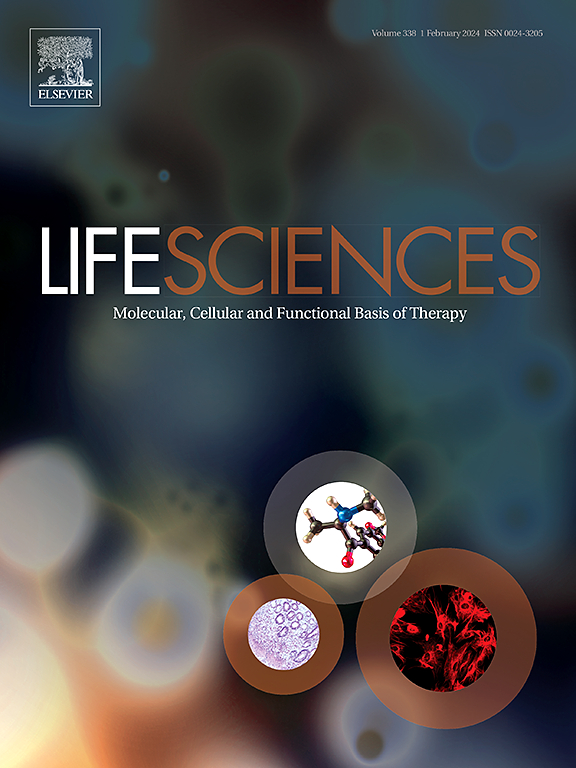Understanding the physiological mechanisms and therapeutic targets of diseases: Lipidomics strategies
IF 5.2
2区 医学
Q1 MEDICINE, RESEARCH & EXPERIMENTAL
引用次数: 0
Abstract
As a pivotal branch of metabolomics, lipidomics studies global changes in lipid metabolism under different physiological and pathological conditions or drug interventions, discovers key lipid markers, and elaborates the associated lipid metabolism network. There are a considerable number of lipids in the host, which act on various functional networks such as metabolism and immune regulation. As an indispensable research method, lipidomics plays a key character in the analysis of lipid composition in organisms, the elaboration of the physiological mechanism of lipids, and the decoding of their character in the occurrence and development of diseases by exploring the character of lipids in the host environmental network. As an essential means of driving lipidomics research, High-throughput and High-resolution mass spectrometry is helpful in exploring disease phenotypic characteristics, diagnosing disease biomarkers, regulating related metabolic pathways, and discovering related active components. In this paper, we discuss the specific role of lipidomics in the analysis of disease diagnosis, prognosis and treatment, which is conducive to the realization of accurate and personalized medicine.

求助全文
约1分钟内获得全文
求助全文
来源期刊

Life sciences
医学-药学
CiteScore
12.20
自引率
1.60%
发文量
841
审稿时长
6 months
期刊介绍:
Life Sciences is an international journal publishing articles that emphasize the molecular, cellular, and functional basis of therapy. The journal emphasizes the understanding of mechanism that is relevant to all aspects of human disease and translation to patients. All articles are rigorously reviewed.
The Journal favors publication of full-length papers where modern scientific technologies are used to explain molecular, cellular and physiological mechanisms. Articles that merely report observations are rarely accepted. Recommendations from the Declaration of Helsinki or NIH guidelines for care and use of laboratory animals must be adhered to. Articles should be written at a level accessible to readers who are non-specialists in the topic of the article themselves, but who are interested in the research. The Journal welcomes reviews on topics of wide interest to investigators in the life sciences. We particularly encourage submission of brief, focused reviews containing high-quality artwork and require the use of mechanistic summary diagrams.
 求助内容:
求助内容: 应助结果提醒方式:
应助结果提醒方式:


